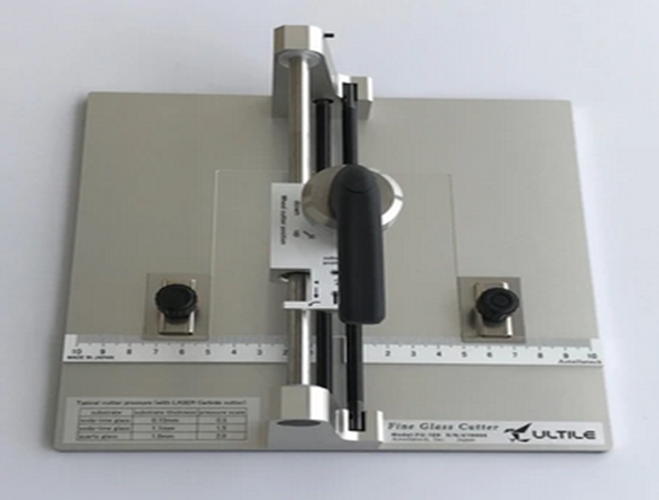Glass Slides 101: How To Use Them In A Research Lab

A slide is the most overlooked piece of equipment in a research lab. Yet, viewing the characteristics of a specimen requires a quality slide to avoid confusing the specimen features with that of the surface. A colored background appears to be part of a specimen under magnification. Besides, this background is likely to reflect light creating a haze around the specimen making analysis harder. There are standards that microscopic slides meet to give clear images.
What is a microscope slide?
A microscope has a long thin glass piece for placing specimens for study know as a microscopic slide. Manipulating a slide is easier instead of the specimen to avoid affecting the observation results. It is possible to adjust the slide to get the best viewing position while the specimen remains intact. Slides are fragile and measure about three inches by an inch. The body of a microscopic slide is glass or clear plastic.
A microscope slide is a long thin piece of glass that specimens are placed on for study under a microscope. It is easier to manipulate the slide, rather than the specimens, into the best position for viewing, as many are fragile and microscopic. Slides normally measure three inches by one inch and can be made of clear plastic in addition to glass. Some slides have small depressions to hold liquid for wet mounts.
Characteristics of microscope slides
A slide is constructed from glass cut using the best glass cutting table to particular proportion. Glass is used because it is transparent to avoid confusing the surface with the specimen. Additionally, glass is a material of choice for microscopic slides for not creating haze reflection. For special purposes, frosted glass is used for some slides.
The ideal size for a rectangular slide is about 25 by 75 mm. This size makes manipulation easy while being big enough to hold an adequate specimen size. Larger slides are applicable as long as they fit the microscopes appropriately. The thickness of a microscopic slide is about 1mm by 1.2 mm to diffuse light making it bright enough without irritating the viewer’s eyes. This light is just appropriate to allow viewing the specimen clearly. When purchasing glass slides, one with more thickness than expected use is recommended.
Types of microscopic slides
Wet mount slide
This is a type of microscopic slide where a specimen is suspended in a liquid. The liquid is to refract light to make viewing the specimen easier. A wet mount slide allows observing the specimen’s natural movement and color. There are various liquids for a wet mount slide including a salt-water solution for diluting the specimen to make viewing easier. Aquatic specimens don’t need a liquid for viewing since they are already wet.
Glycerin is one of the liquids for use on a wet mount slide for high refractive properties. This liquid dries out or kills live specimens making it ideal for plant specimens. When there’s a need to lower light refraction, blending glycerin with water helps. Immersion oil is another liquid for wet mount slides. However, this liquid is not recommended for synthetic specimens especially those that can’t tolerate water. Using this oil requires placing a drop of the oil on the slide but for a temporary purpose.
Dry mount slide
This type of slide is easier to use and ideal for static specimens. Use requires placing a specimen on the slide with a cover on top to protect the specimen and related objectives. Additionally, the cover ensures that the specimen remains flat and still on the slide. A dry mount slide is ideal for observing hair, pollen, or feathers.
Additionally, it is ideal for examining airborne particles caught in the membrane filter. A dry mount is temporary without a cover to seal it. It lacks refractive substance making viewing more detailed and tiny specimens hard.
Prepared mount slides
Advanced research including biological and pathological research requires using a prepared mount slide. Preparing the slide involves making thin slices of the specimen using a microtome. Additionally, any water present in the sample is drained out before applying a stain to highlight particular structures. Preserving the specimen requires the use of a fixative. A prepared mount lasts forever when done correctly.
How to handle a microscope slide
A glass microscopic slide is extremely fragile and requires handling with great care. This is to protect the handle and slide in case it breaks. Handling a microscope is by the edges to avoid oily fingers from contaminating the surfaces. A stained surface compromises the specimen’s appearance. A slide with a liquid specimen requires a coverslip to squash the liquid and limit air bubbles that might affect specimen appearance. A coverslip is a small piece of glass for placing on top of the slide.
Wrapping up
Examining a specimen requires having appropriate equipment. Slides are handy lad tools for examining specimens. The right slide cut ensures the right slide thickness and dimensions that fit the microscope.






